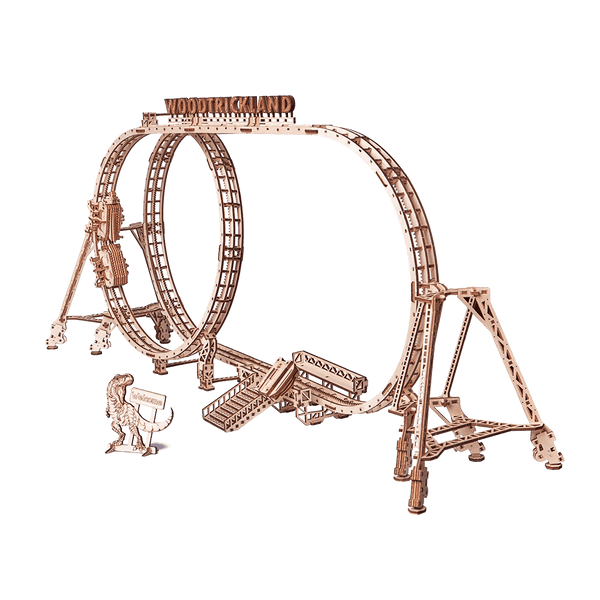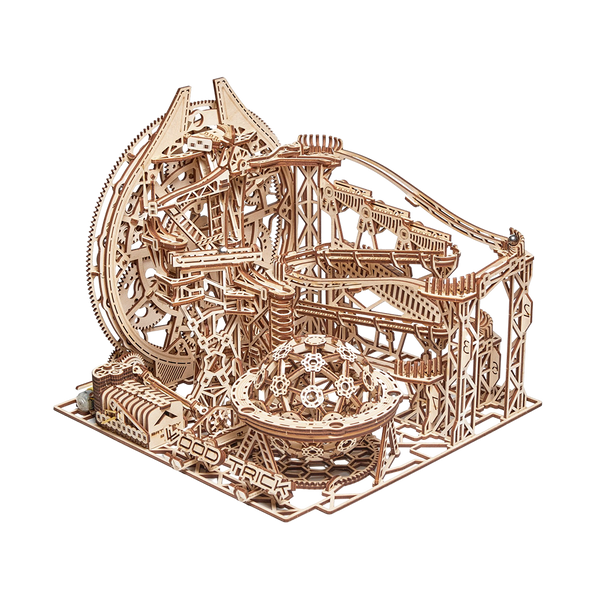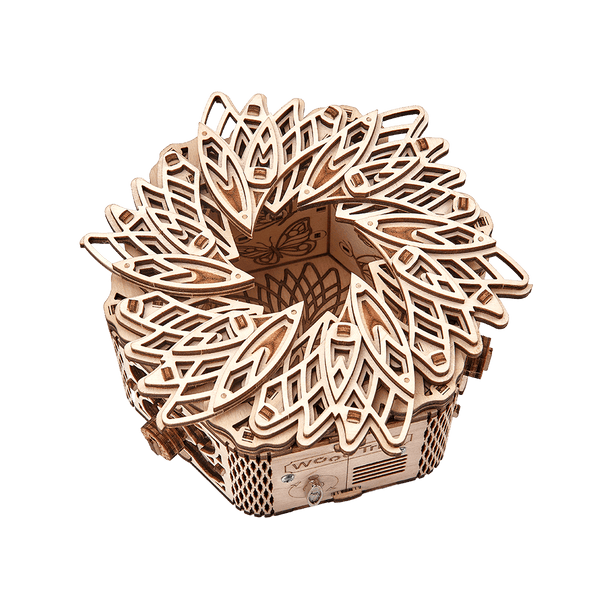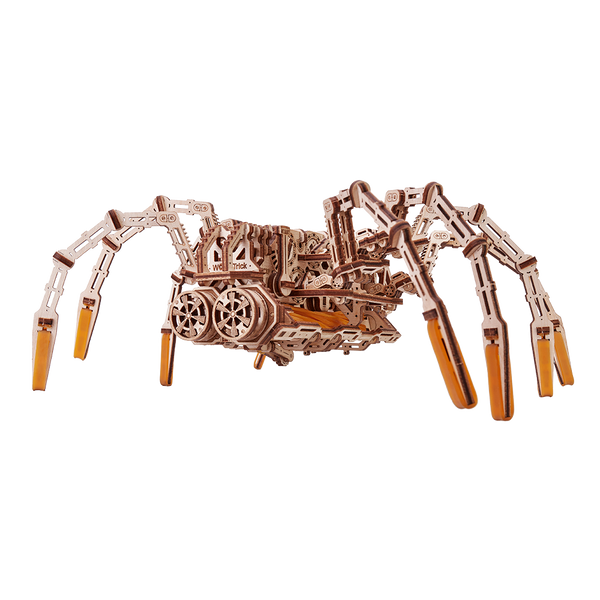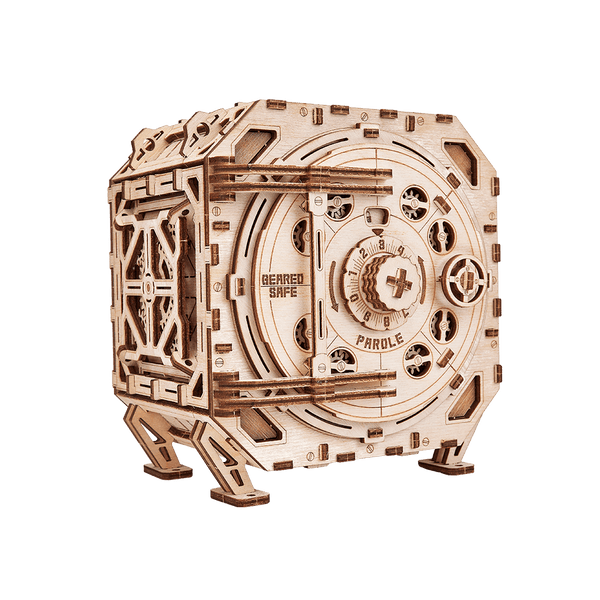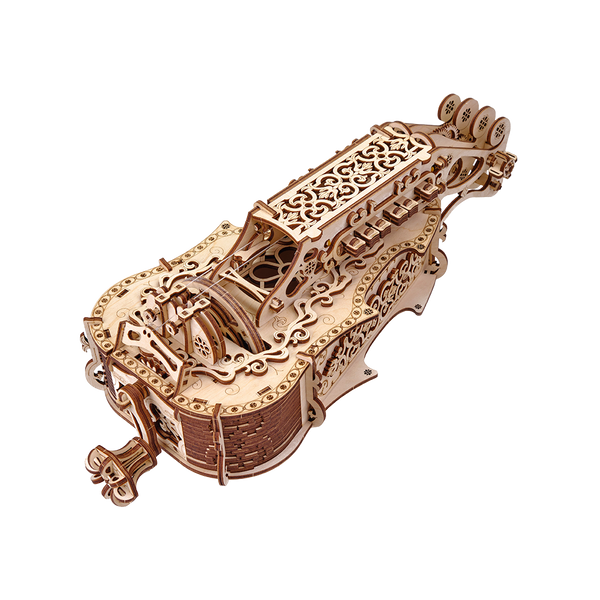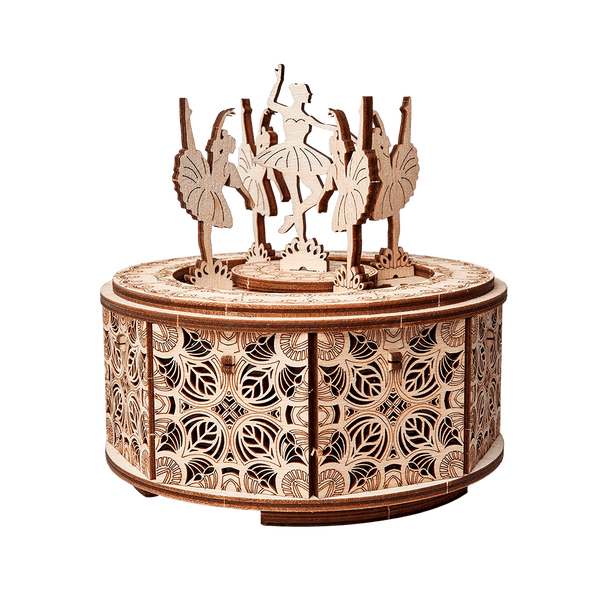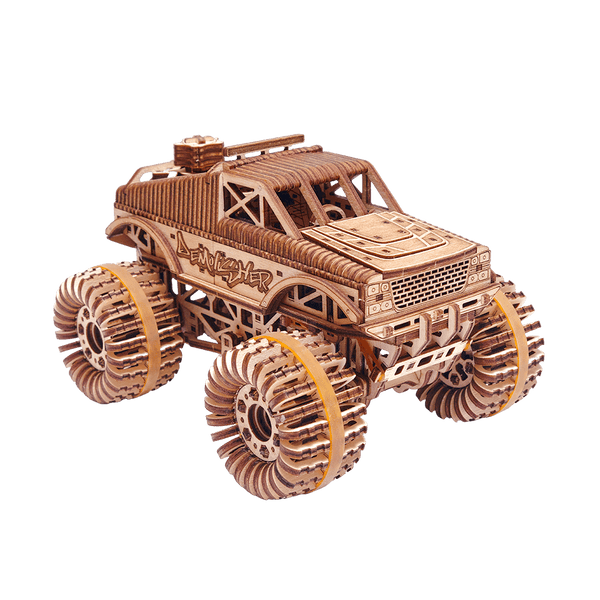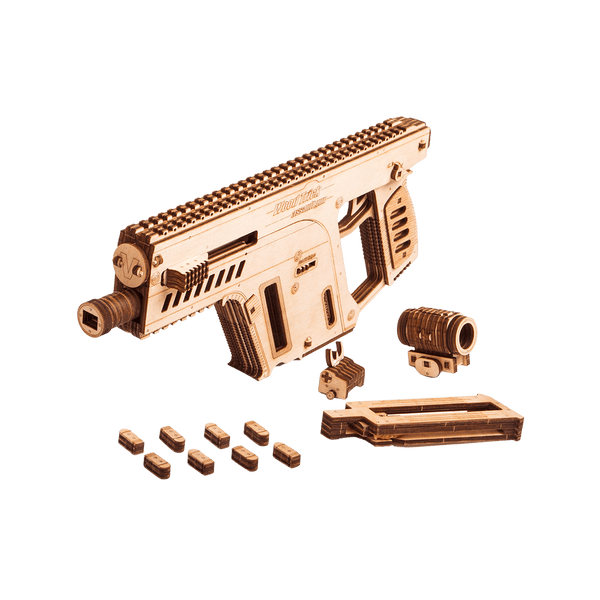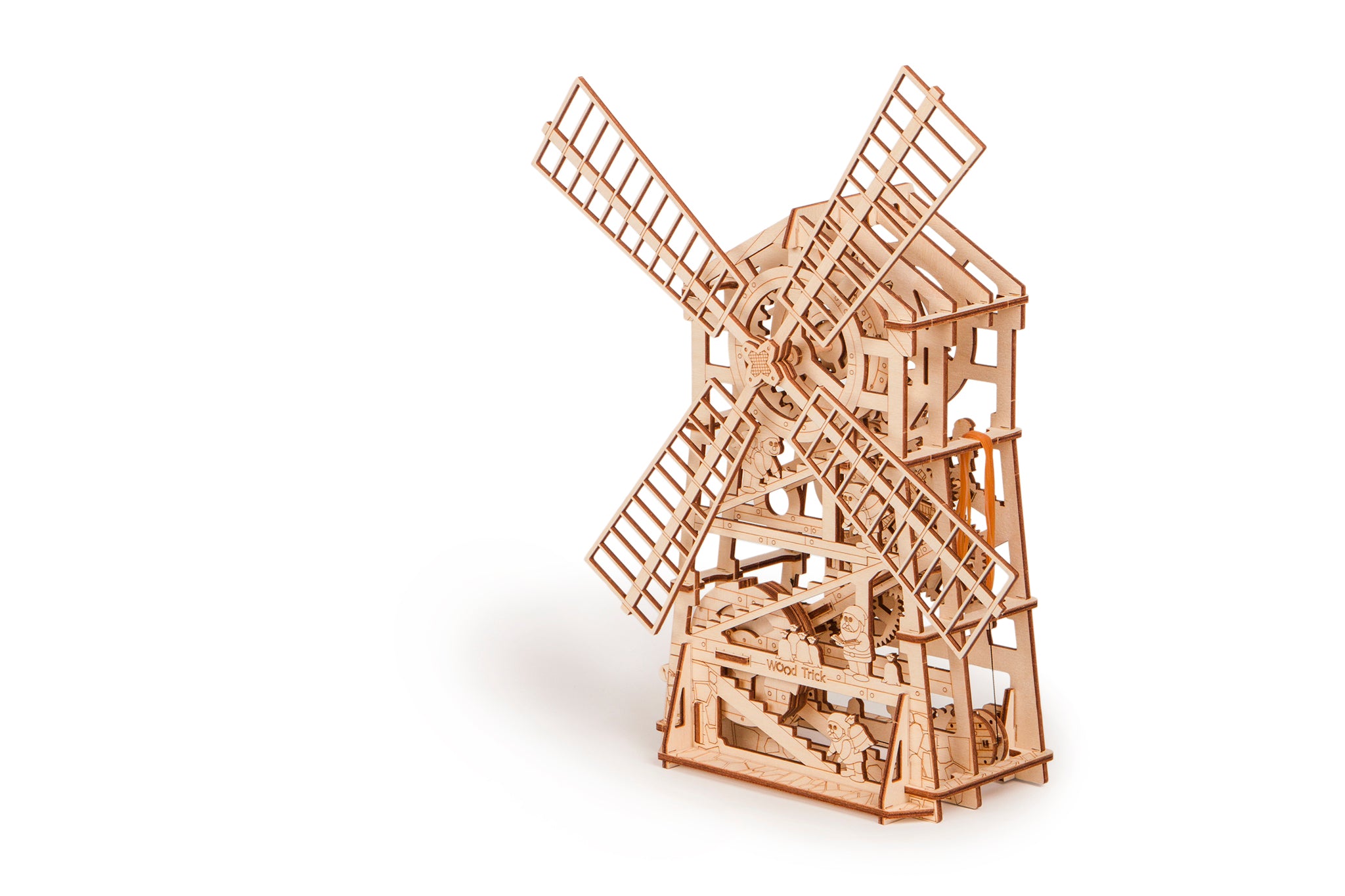
History of Windmill
The technologies captured our lives, the innovations killed a lot of great inventions of the past. But the windmill remains a perfect example of the symbiosis between the human intellect and the power of nature.
A windmill converts the energy of wind into rotational energy by means of sails. Centuries ago, windmills usually were used to mill grain or pump water. The majority of modern windmills take the form of wind turbines used to generate electricity, or windpumps used to pump water.
In the 14th century windmills became popular in Europe, the total number of wind-powered mills is estimated to have been around 200,000 at its peak in 1850, which is modest compared to some 500,000 waterwheels. Windmills were applied in regions where there was too little water, where rivers freeze in winter and in flatlands where the flow of the river was too slow to provide the required power. With the coming of the industrial revolution, the importance of wind and water as primary industrial energy sources declined and were eventually replaced by steam (in steam mills) and internal combustion engines, although windmills continued to be built in large numbers until late in the nineteenth century. More recently, windmills have been preserved for their historic value, in some cases as static exhibits when the antique machinery is too fragile to put in motion, and in other cases as fully working mills.

Of the 10,000 windmills in use in the Netherlands around 1850, about 1,000 are still standing. Most of these are being run by volunteers, though some grist mills are still operating commercially. Many of the drainage mills have been appointed as back up to the modern pumping stations. The Zaan district has been said to have been the first industrialized region of the world with around 600 operating wind-powered industries by the end of the eighteenth century. Economic fluctuations and the industrial revolution had a much greater impact on these industries than on grain and drainage mills, so only very few are left.
Today, windmills are a part of history and aren’t used widely. But the technology of the windmill has found a useful and practical application in modern technology of wind energy.
Order our 3D wooden mechanical model and build your own 'Windmill'.
Assemble, play and learn history.
Check out the list of Wood Trick's models and find your perfect wooden mechanical model.
Read more from Wood Trick's Blog:
- 3 reasons why should you stop using plastic.
- 8 Amazing Facts About the Oil Industry.
Also, read the previous article from our Blog.


